Home>Articles>How To Naturally Release Pressure From Electric Pressure Cooker
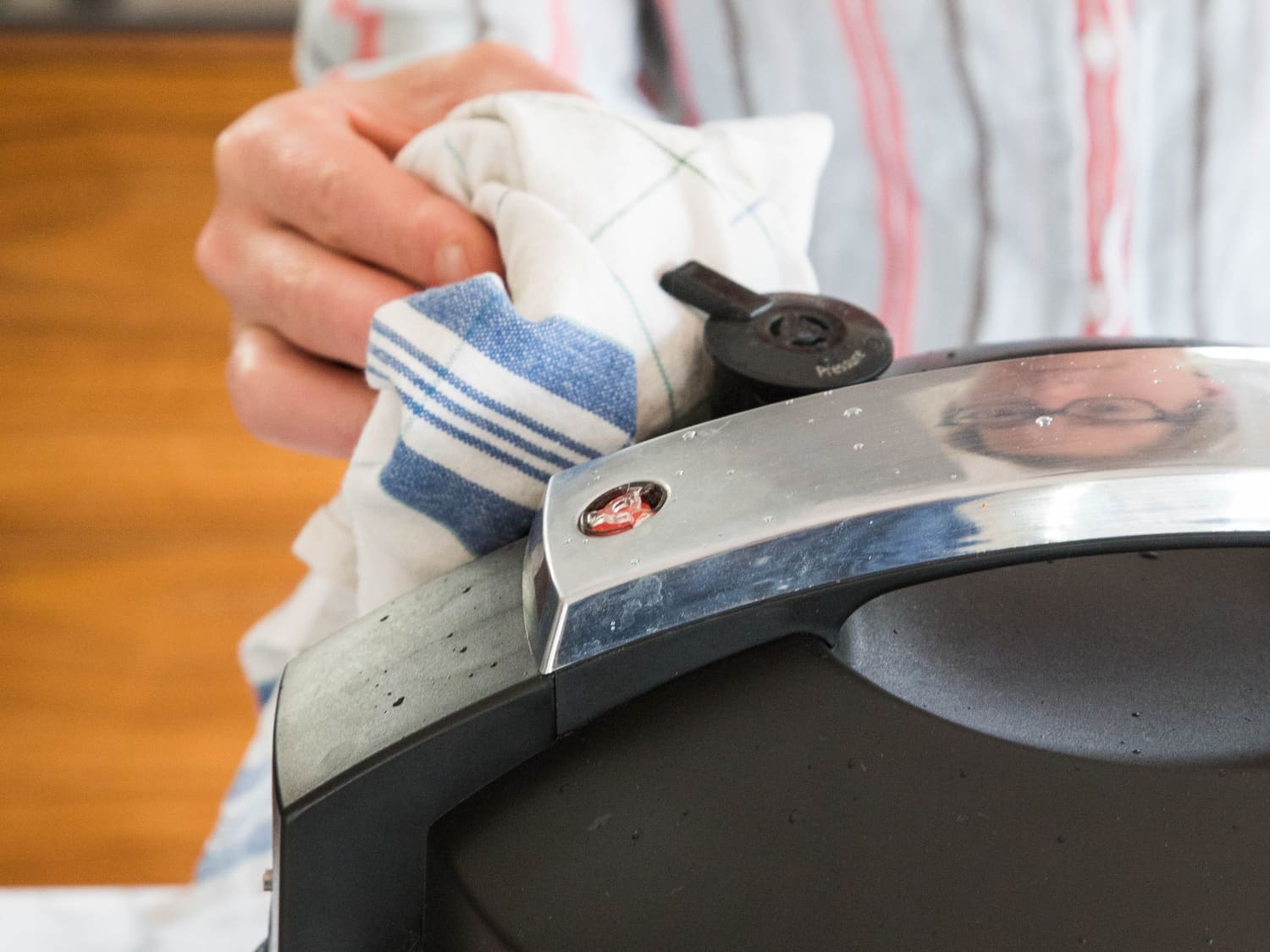

Articles
How To Naturally Release Pressure From Electric Pressure Cooker
Modified: December 6, 2023
Learn how to naturally release pressure from your electric pressure cooker with these informative articles. Discover helpful tips and techniques to ensure a safe and efficient cooking experience.
(Many of the links in this article redirect to a specific reviewed product. Your purchase of these products through affiliate links helps to generate commission for Storables.com, at no extra cost. Learn more)
Introduction
Welcome to the world of electric pressure cookers! These modern kitchen appliances have revolutionized the way we cook by significantly reducing cooking times and preserving the nutritional value of our favorite meals. However, one important aspect that every pressure cooker user should be familiar with is the proper release of pressure.
Pressure release is a crucial step in using an electric pressure cooker safely and effectively. When food is cooked under high pressure, steam is generated, creating intense pressure inside the cooker. Releasing this pressure is necessary before opening the lid to avoid the risk of burns or accidents.
In this article, we will explore the different methods for naturally releasing pressure from an electric pressure cooker. We will also discuss why it is important to release pressure naturally and provide some valuable tips for safely releasing pressure.
So, whether you are a novice in the kitchen or an experienced cook looking to improve your pressure cooking skills, this article will serve as your comprehensive guide to navigating the world of pressure release in electric pressure cookers.
Key Takeaways:
- Safely release pressure from your electric pressure cooker by understanding the benefits of natural release, following recipe instructions, and using safety precautions to avoid accidents and preserve food quality.
- Choose the right pressure release method for your recipe, whether it’s quick release, natural release, or a combination of both, to ensure optimal cooking results and enjoy delicious, well-prepared meals with confidence.
Understanding Pressure Release in Electric Pressure Cookers
Before diving into the various methods for releasing pressure in an electric pressure cooker, it’s important to understand how pressure release works in these appliances.
Electric pressure cookers work by sealing the cooking pot and building up steam pressure inside. This increased pressure raises the boiling point of liquids, allowing food to cook faster. Once the cooking time is complete, the pressure needs to be released before the lid can be opened and the food can be safely removed.
There are typically two types of pressure release in electric pressure cookers: quick release and natural release. Quick release allows for the rapid release of pressure, while natural release involves allowing the pressure to gradually dissipate on its own.
It’s worth noting that the pressure inside an electric pressure cooker can be quite high, so it’s important to follow the manufacturer’s instructions and use caution when releasing pressure.
Now that we have a basic understanding of pressure release in electric pressure cookers, let’s explore why it’s important to release pressure naturally in the next section.
Why It’s Important to Release Pressure Naturally
Releasing pressure naturally in an electric pressure cooker is not just a recommendation but a crucial step to ensure safety and achieve the best cooking results. Here are a few reasons why it’s important to release pressure naturally:
1. Avoiding Burns and Accidents: When the pressure is released rapidly using the quick release method, a burst of hot steam is expelled from the cooker. This can cause steam burns or dangerous splattering of hot liquids. By allowing the pressure to naturally dissipate, you reduce the risk of accidental burns or injuries.
2. Preserving Food Texture and Flavor: Quick release can have a negative impact on the texture and flavor of some foods, particularly delicate items like custards or soufflés. The sudden change in pressure can cause these foods to deflate or become overcooked. On the other hand, natural release allows the food to continue cooking gently and evenly, preserving its texture and taste.
3. Preventing Food Splattering: Certain recipes, especially those with high liquid content, can cause liquids to bubble up and potentially splatter out of the cooker when quick release is performed. This can create a messy cleanup and even pose a risk of burns. Natural release minimizes the chances of food splattering and helps maintain a cleaner cooking environment.
4. Tenderizing Meat: For tougher cuts of meat, natural release can be beneficial as it allows for longer cooking times under lower pressure. This slower cooking process helps break down the connective tissues, resulting in more tender and flavorful meat.
5. Allowing Natural Resting Period: After the completion of cooking, natural release gives the food an opportunity to rest and settle, allowing the flavors to meld together. This resting period can improve the overall taste and texture of the dish.
Overall, releasing pressure naturally in an electric pressure cooker ensures both safety and optimal culinary results. It is important to follow the recommended release method for each recipe and exercise caution when handling hot appliances.
In the next section, we will delve into the different methods for naturally releasing pressure from an electric pressure cooker.
Methods for Naturally Releasing Pressure from an Electric Pressure Cooker
When it comes to naturally releasing pressure from an electric pressure cooker, there are primarily three methods you can use: quick release, natural release, and combination release. Each method has its own benefits and is suited for different types of recipes. Let’s explore each method in detail:
1. Quick Release Method:
The quick release method involves manually releasing the pressure by turning the pressure release valve on the cooker. This method is suitable for recipes that require immediate pressure release, such as pasta dishes or delicate vegetables that can quickly overcook.
To perform a quick release, turn the pressure release valve from the sealing to venting position using a long utensil or a towel to prevent your hand from coming into contact with the hot steam. The steam will rapidly escape from the valve, indicating that the pressure has been released. Once all the steam has been released, it is safe to open the lid.
2. Natural Release Method:
The natural release method involves letting the pressure inside the cooker reduce naturally over time without any manual intervention. This method is ideal for recipes that require additional cooking time or when you want to avoid the risk of food splattering or losing moisture.
After the cooking time has ended, simply leave the electric pressure cooker undisturbed and allow the pressure to naturally release. It may take anywhere from 10 to 30 minutes for the pressure to fully release, depending on the amount of food and the initial pressure level. Once the float valve drops, indicating that the pressure has been fully released, you can safely open the lid.
3. Combination Release Method:
The combination release method is a versatile approach that combines both quick release and natural release. This method is useful when you want to release some of the pressure quickly to prevent overcooking but still allow for a short period of natural release to avoid food splattering.
To perform a combination release, start with a quick release by turning the pressure release valve to venting for a few seconds to release some of the pressure. Then, carefully switch the valve back to sealing to allow for natural release. This method provides a balance between quick pressure release and the benefits of natural release.
It’s important to follow the recipe guidelines and choose the appropriate pressure release method based on the specific requirements of the dish. Quick release method should be used with caution, especially when cooking foods with high liquid content, as it can cause splattering.
Now that you are familiar with the different methods for naturally releasing pressure from an electric pressure cooker, let’s move on to the next section, where we will share some tips for safely releasing pressure.
Quick Release Method
The quick release method is a popular technique for releasing pressure from an electric pressure cooker. It allows for rapid pressure release, making it ideal for recipes that require immediate pressure release or when you need to stop the cooking process quickly. Here’s how you can safely perform a quick release:
1. Ensure Safety:
Before attempting a quick release, make sure you are wearing oven mitts or using a long utensil to avoid any contact with the hot steam. Safety should always be a top priority when working with an electric pressure cooker.
2. Check the Recipe:
Refer to the recipe instructions and determine if a quick release is recommended. Some recipes, particularly those with delicate ingredients or high liquid content, might call for a natural release to maintain the integrity of the dish.
3. Position the Pressure Release Valve:
Locate the pressure release valve on your electric pressure cooker. It is typically found on the lid and can be moved between two positions – sealing and venting. Ensure the valve is initially set to the sealing position during the cooking process.
4. Activate Quick Release:
Once the cooking time is complete, carefully and gradually turn the pressure release valve from the sealing to venting position using a towel or a long utensil. This will allow the steam to escape from the cooker.
5. Stand Back and Observe:
As you turn the valve, hot steam will forcefully escape from the cooker. Make sure to stand back and keep your face and hands away from the steam to prevent burns. The steam release can last for a few moments until the pressure has fully dissipated.
6. Wait for the Float Valve to Drop:
After releasing the pressure, wait for the float valve to drop, indicating that the pressure has been fully released. This can take a few moments or up to a minute, depending on the initial pressure level.
7. Open the Lid:
Once the float valve has dropped, it is safe to open the lid of your electric pressure cooker. Carefully remove the lid, ensuring any residual steam is directed away from you to avoid any burns.
The quick release method is a convenient way to stop the cooking process promptly and enjoy your meal sooner. However, always exercise caution when performing a quick release, especially with recipes that contain high liquid content or foods that may splatter.
In the next section, we will discuss the natural release method, an alternative way to release pressure from an electric pressure cooker while preserving the flavors and textures of your dishes.
After cooking, turn off the pressure cooker and let it naturally release pressure for 10-15 minutes before using the quick release valve to release any remaining pressure. This will help prevent food from splattering and ensure a safer release of pressure.
Natural Release Method
The natural release method is a gentle and gradual way to release pressure from an electric pressure cooker. By allowing the pressure to dissipate naturally, this method helps to maintain the texture and flavor of the cooked food. Here’s how you can perform a natural release:
1. Cooking Completion:
Once your recipe has finished cooking and the desired cooking time has been reached, turn off the heat or cancel the cooking program on your electric pressure cooker. Do not attempt to open the lid immediately.
2. Wait Patiently:
After turning off the heat, the electric pressure cooker will start to naturally release pressure. This process can take anywhere from 10 to 30 minutes, depending on the amount of food and initial pressure level. It’s essential to be patient and avoid any attempts to hurry the release.
3. Observing the Float Valve:
While the pressure is releasing naturally, keep an eye on the float valve. The float valve is a small metal pin or indicator that rises with the pressure and drops when the pressure has fully dissipated. It’s important to wait until the float valve drops before attempting to open the lid.
4. Time for Extra Cooking:
In some recipes, additional cooking time might be required even after the cooking process has finished. The natural release method allows the food to continue cooking gently and evenly, ensuring that the flavors and textures develop to their fullest potential.
5. Lid Opening:
Once the float valve has dropped, indicating that the pressure has been fully released, it is safe to open the lid. Open the lid carefully, directing any remaining steam away from your face and hands to avoid burns.
The natural release method is particularly beneficial for dishes that require additional cooking time or delicate ingredients that can be easily overcooked. It allows for the flavors to meld together and ensures a more tender and appealing final result.
However, it’s important to note that thick cuts of meat or dense foods may require additional cooking time even after the natural release. Always follow the recipe guidelines for the best results.
In the next section, we will explore the combination release method, a versatile approach that combines both quick release and natural release.
Combination Release Method
The combination release method is a versatile technique that combines elements of both the quick release and natural release methods. This approach allows for a controlled and balanced pressure release, making it suitable for a wide range of recipes. Here’s how you can perform a combination release:
1. Check the Recipe Requirements:
Read the recipe instructions to determine if a combination release is recommended. Certain recipes may specifically call for this method to achieve the desired results.
2. Quick Release Initial Pressure:
After the cooking time has completed, carefully and gradually turn the pressure release valve from the sealing to venting position using a towel or a long utensil. Allow the pressure to quickly release for a brief period of time, typically about 5-10 seconds.
3. Switch Back to Sealing Position:
After the initial quick release, gently move the pressure release valve back to the sealing position. This will allow the remaining pressure to release naturally, ensuring a controlled pressure release and minimizing the risk of food splattering.
4. Natural Release Continuation:
Once the pressure release valve is back in the sealing position, the remaining pressure will continue to release naturally. This process can take a few minutes, similar to the natural release method.
5. Check for Float Valve Drop:
As the pressure releases naturally, monitor the float valve on your electric pressure cooker. When the float valve drops, it signals that the pressure inside the cooker has dissipated fully, and it is safe to open the lid.
6. Lid Opening:
Once the float valve has dropped, carefully open the lid of your electric pressure cooker, making sure to direct any residual steam away from your face and hands. Take precautionary measures to prevent any accidental burns.
The combination release method provides the best of both worlds – the immediate pressure release from the quick release method and the controlled, gentle release from the natural release method. It is particularly advantageous for recipes that require a short period of natural pressure release to avoid food splattering or to allow flavors to develop further.
As with any pressure release method, it’s crucial to follow the specific recipe instructions and be mindful of the safety precautions when utilizing the combination release technique.
In the next section, we will share some important tips for safely releasing pressure from an electric pressure cooker.
Tips for Safely Releasing Pressure from an Electric Pressure Cooker
Releasing pressure from an electric pressure cooker can be a crucial step in the cooking process. To ensure both safety and optimal results, here are some important tips to keep in mind when releasing pressure:
1. Follow Recipe Instructions:
Always refer to the specific recipe instructions for the recommended pressure release method. Different recipes may require different release techniques to achieve the desired outcome.
2. Be Patient:
Whether you’re using the quick release, natural release, or combination release method, it’s important to be patient and allow the pressure to release fully before opening the lid. Rushing the process can lead to accidents or undercooked food.
3. Use Safety Precautions:
Prioritize your safety by wearing oven mitts or using long utensils to handle the pressure release valve. These precautions will help protect your hands from potential burns caused by the hot steam.
4. Direct Steam Away:
When releasing pressure, ensure that the steam is directed away from your face and any surrounding objects. This will prevent any accidental burns or damage caused by the steam.
5. Avoid Overfilling:
Never fill the pressure cooker above the recommended maximum fill line indicated by the manufacturer. Overfilling can cause liquid to block the pressure release valve and lead to dangerous pressure buildup.
6. Release in a Well-Ventilated Area:
Always release pressure in a well-ventilated area to allow the steam to disperse safely. Avoid releasing pressure near curtains, cabinets, or other objects that may be susceptible to heat or moisture damage.
7. Clean and Maintain the Pressure Release Valve:
Regularly clean and inspect the pressure release valve to ensure it is in proper working condition. Buildup of food debris or residue can obstruct the valve, affecting its performance and safety.
8. Follow Manufacturer’s Instructions:
Read and familiarize yourself with the user manual provided by the manufacturer of your electric pressure cooker. Follow their specific guidelines and recommendations for safe pressure release.
By following these tips, you can safely release pressure from your electric pressure cooker and enjoy the delicious meals you’ve prepared. Remember that safety should always be a priority, and it’s important to understand and adhere to the specific instructions of your pressure cooker model.
Now that you’re equipped with these tips, you can confidently release pressure from your electric pressure cooker. In the next section, we will conclude our guide on naturally releasing pressure from an electric pressure cooker.
Conclusion
In conclusion, understanding and properly releasing pressure from an electric pressure cooker is essential for safe and efficient cooking. Whether you use the quick release, natural release, or combination release method, each technique serves its purpose in achieving optimal results for different recipes.
Releasing pressure naturally offers several benefits, including avoiding the risk of burns or accidents, preserving food texture and flavor, preventing food splattering, tenderizing meat, and allowing for a natural resting period. By following the recipe instructions and choosing the appropriate pressure release method, you can ensure the best outcome for your dishes.
Remember to exercise caution when dealing with hot steam and always use safety precautions, such as wearing oven mitts and directing steam away from your face and hands. Additionally, maintain and clean the pressure release valve regularly to ensure its proper functioning.
By following the manufacturer’s instructions and these important tips, you can safely release pressure from your electric pressure cooker and enjoy the delicious meals you prepare with confidence.
So, the next time you’re using your electric pressure cooker, take the time to understand the pressure release methods, choose the one that suits your recipe, and enjoy the benefits of a well-cooked and flavorful meal.
Thank you for joining us on this journey through the methods of naturally releasing pressure from an electric pressure cooker. Happy cooking!
Frequently Asked Questions about How To Naturally Release Pressure From Electric Pressure Cooker
Was this page helpful?
At Storables.com, we guarantee accurate and reliable information. Our content, validated by Expert Board Contributors, is crafted following stringent Editorial Policies. We're committed to providing you with well-researched, expert-backed insights for all your informational needs.
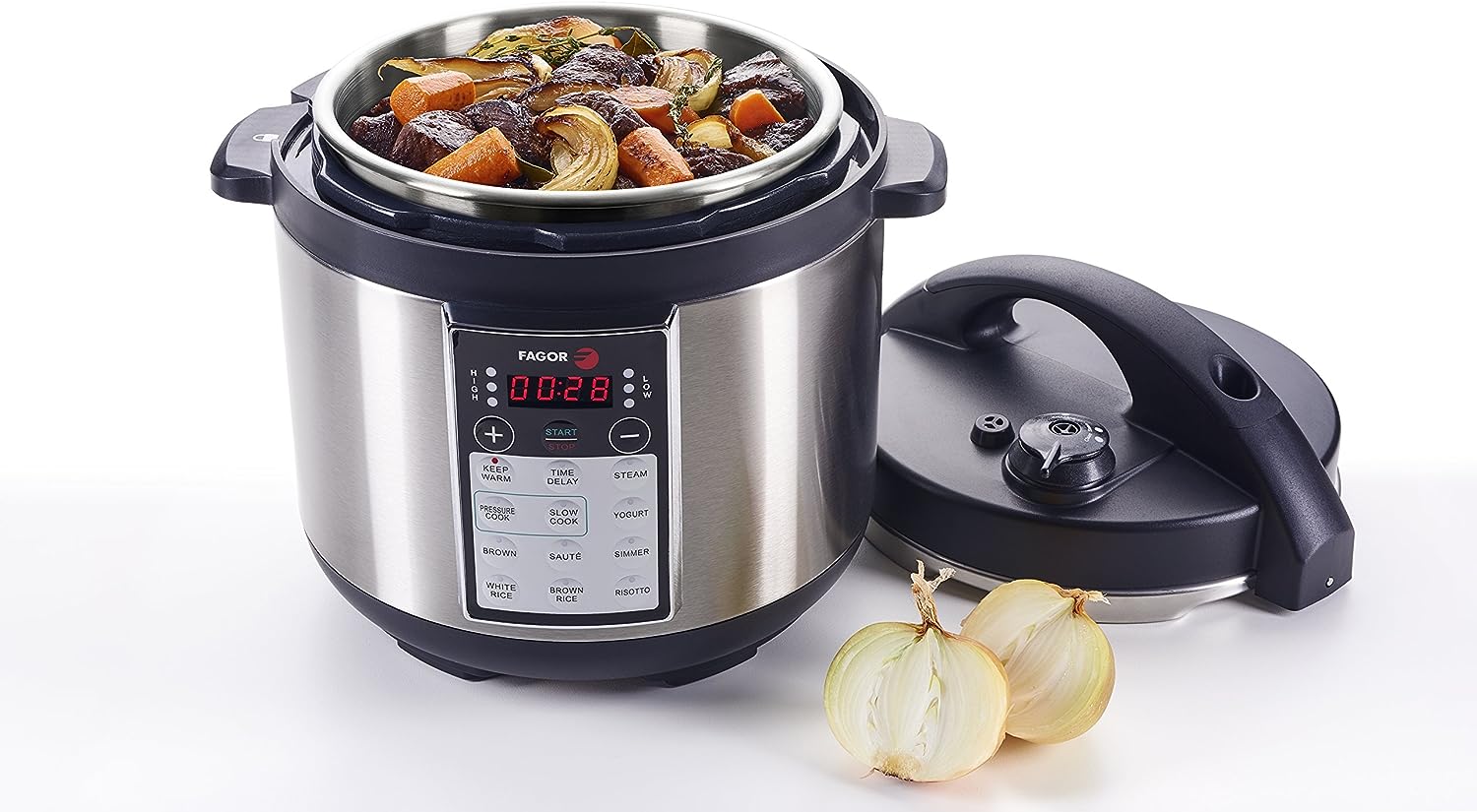

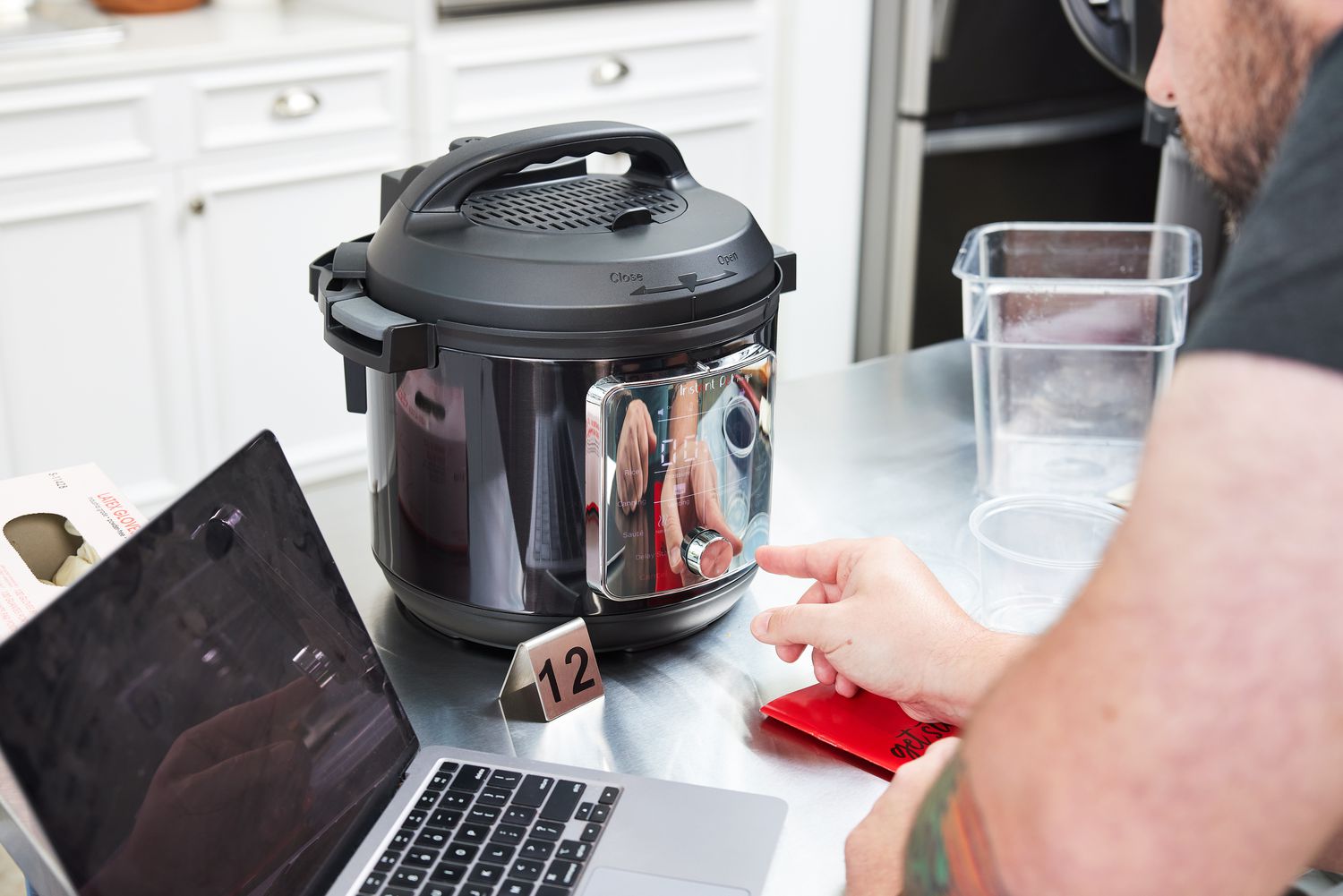
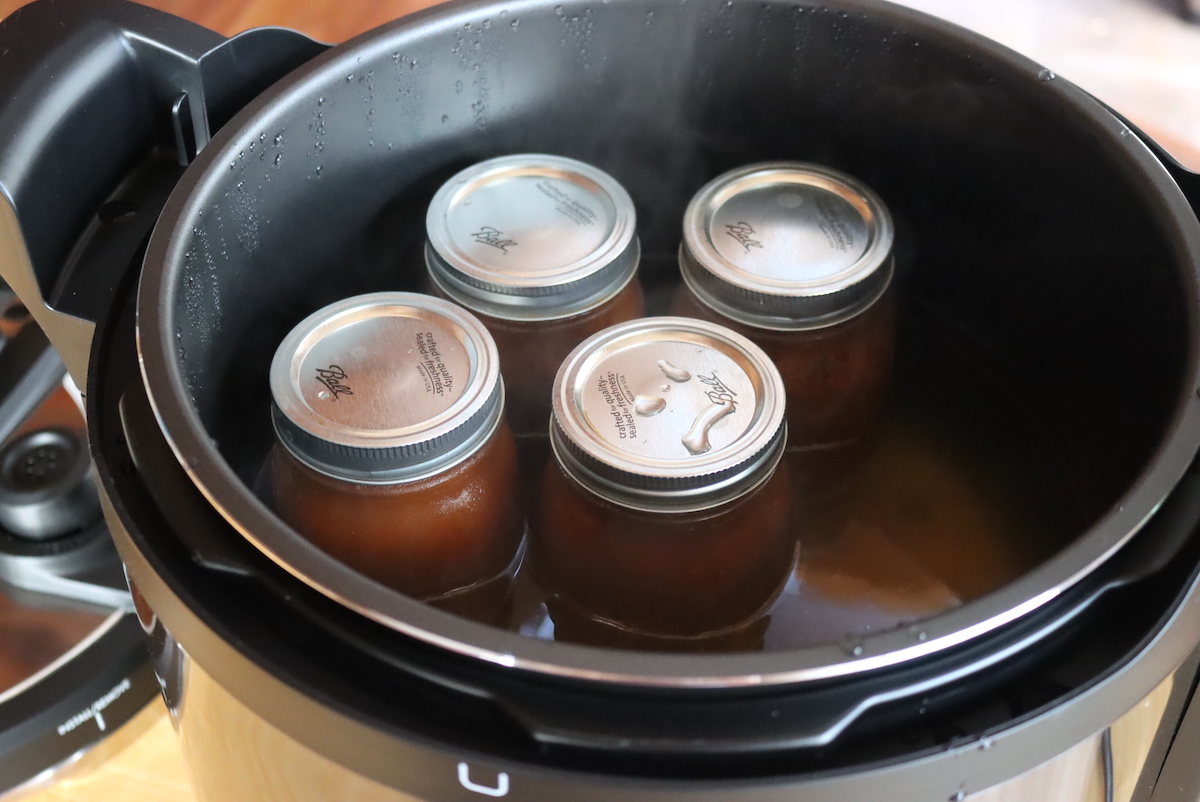
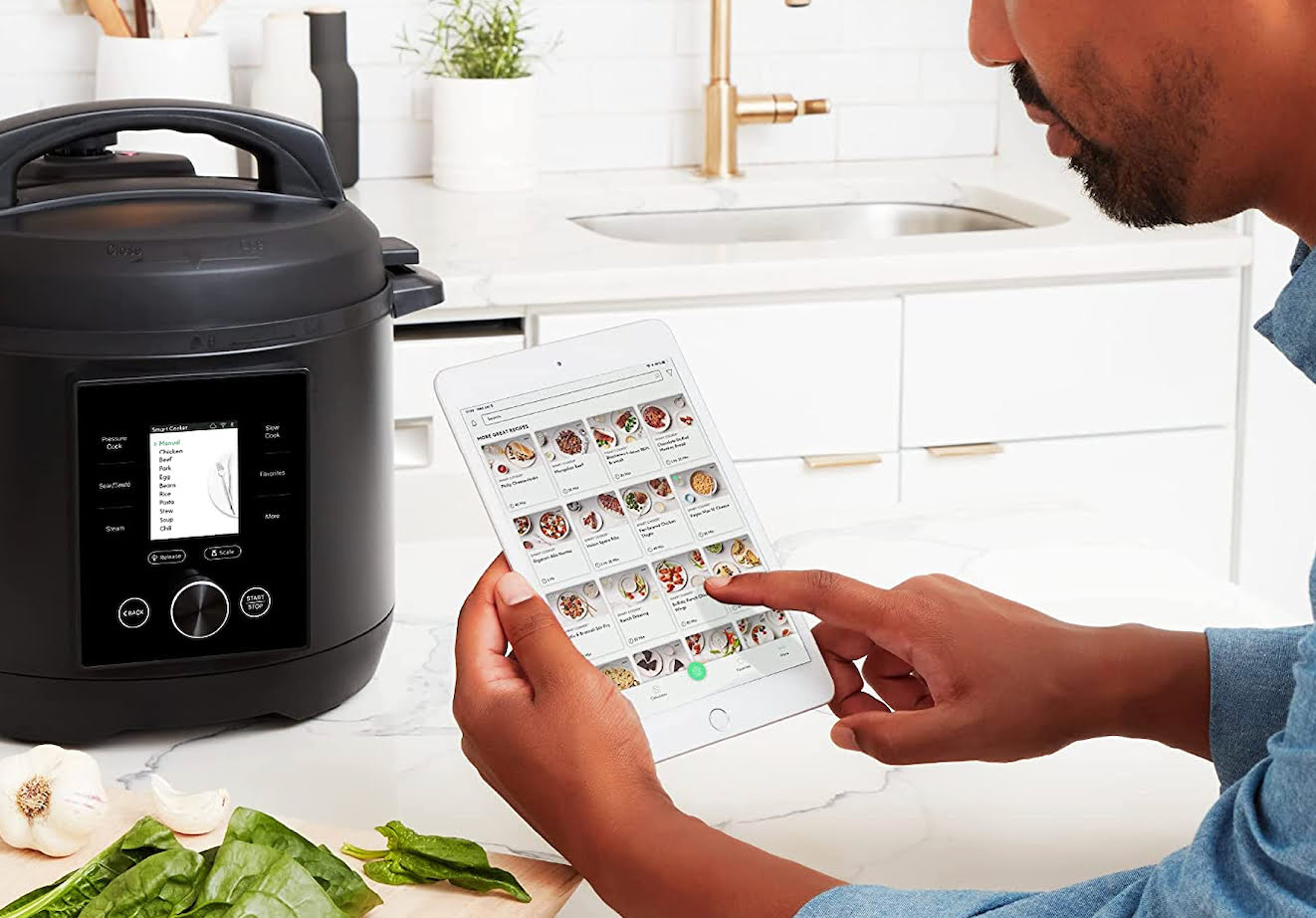
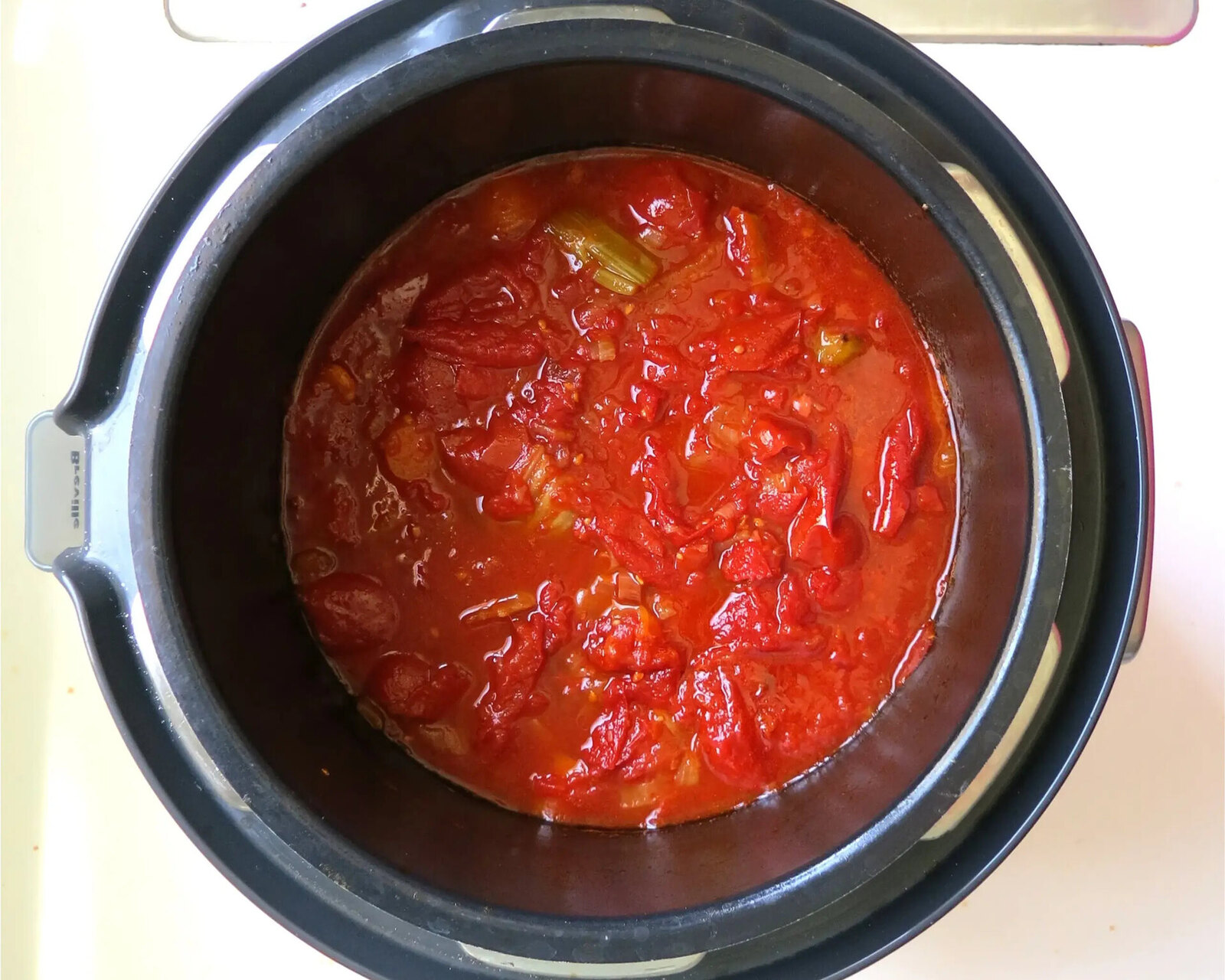

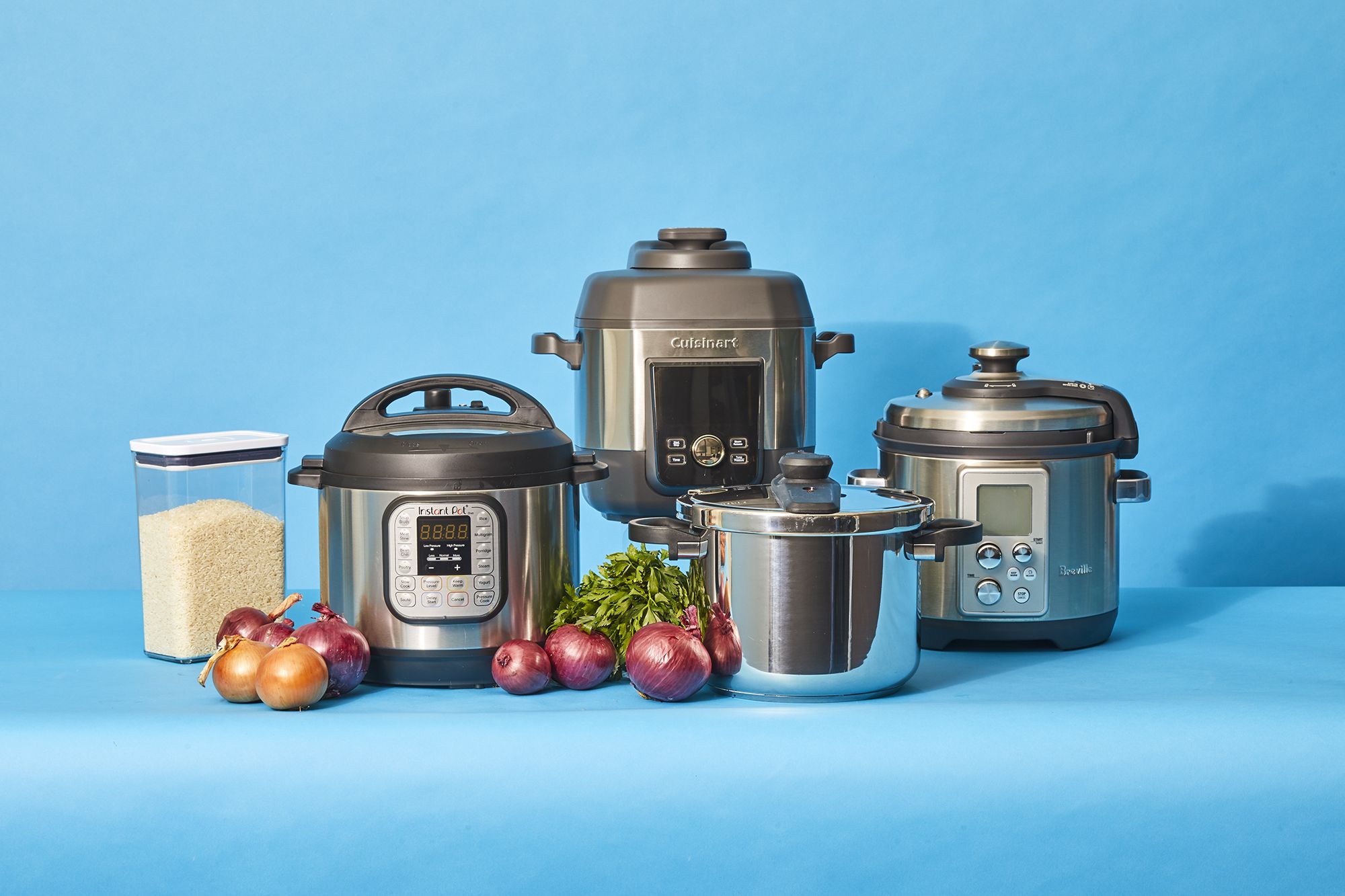
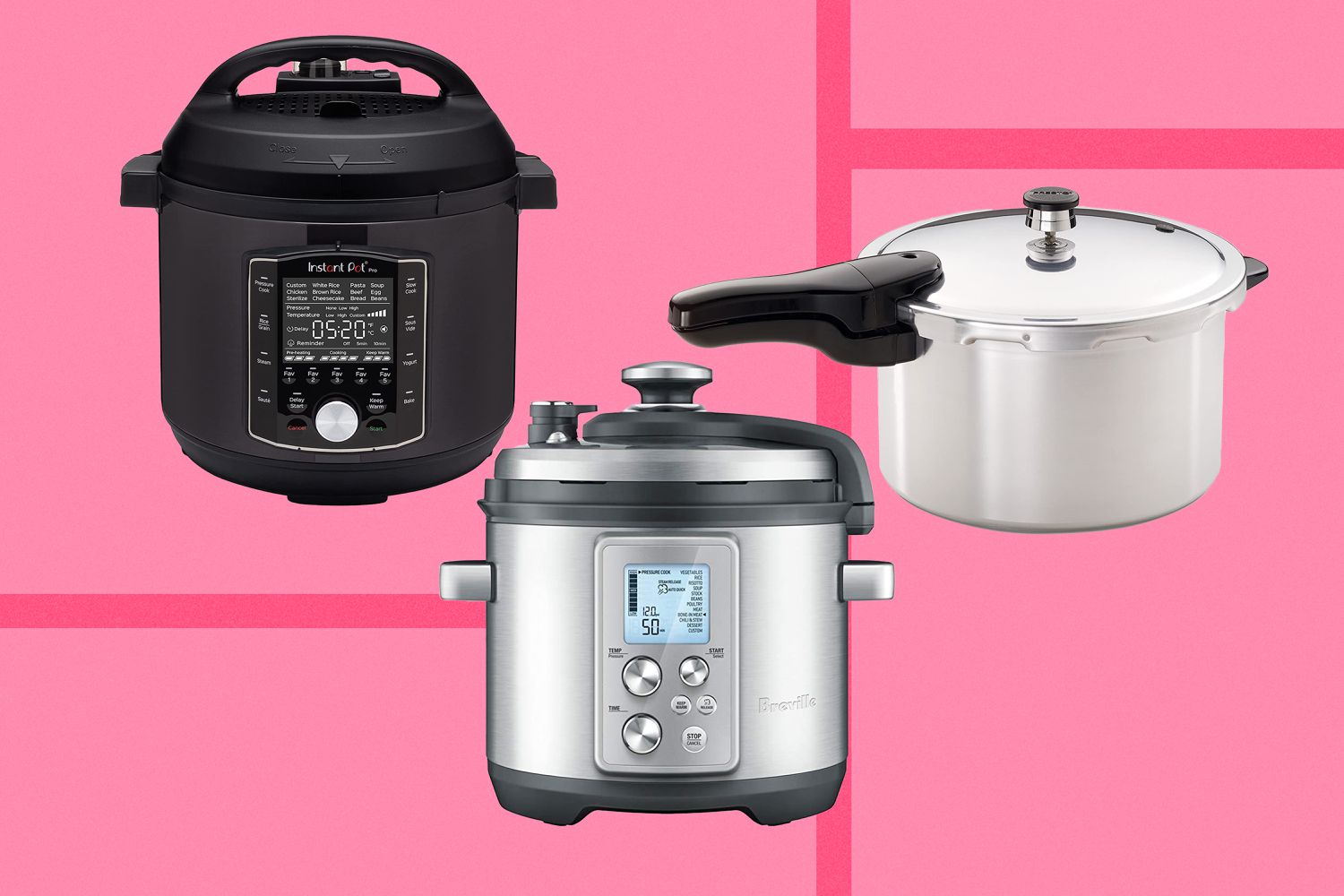
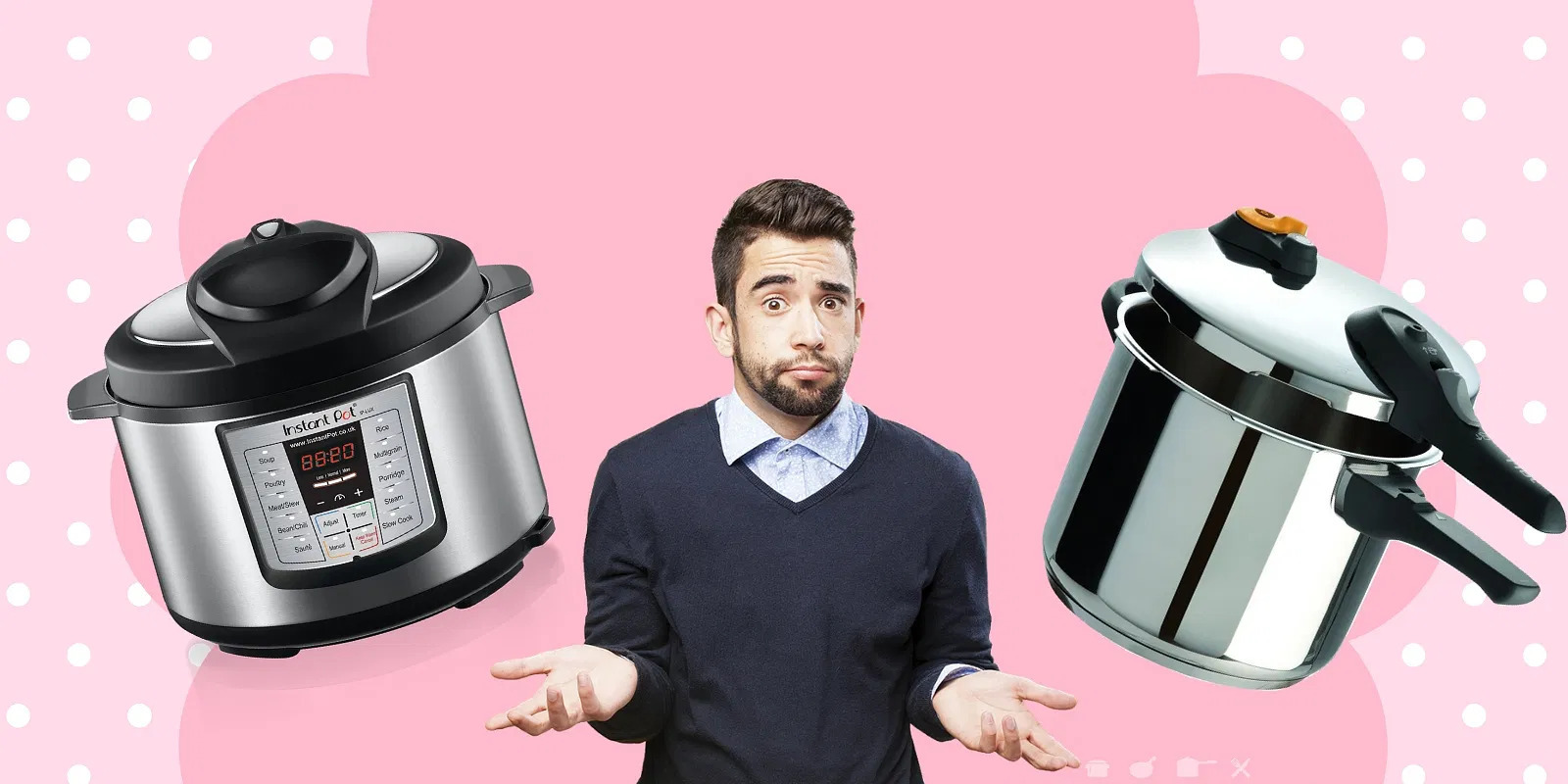
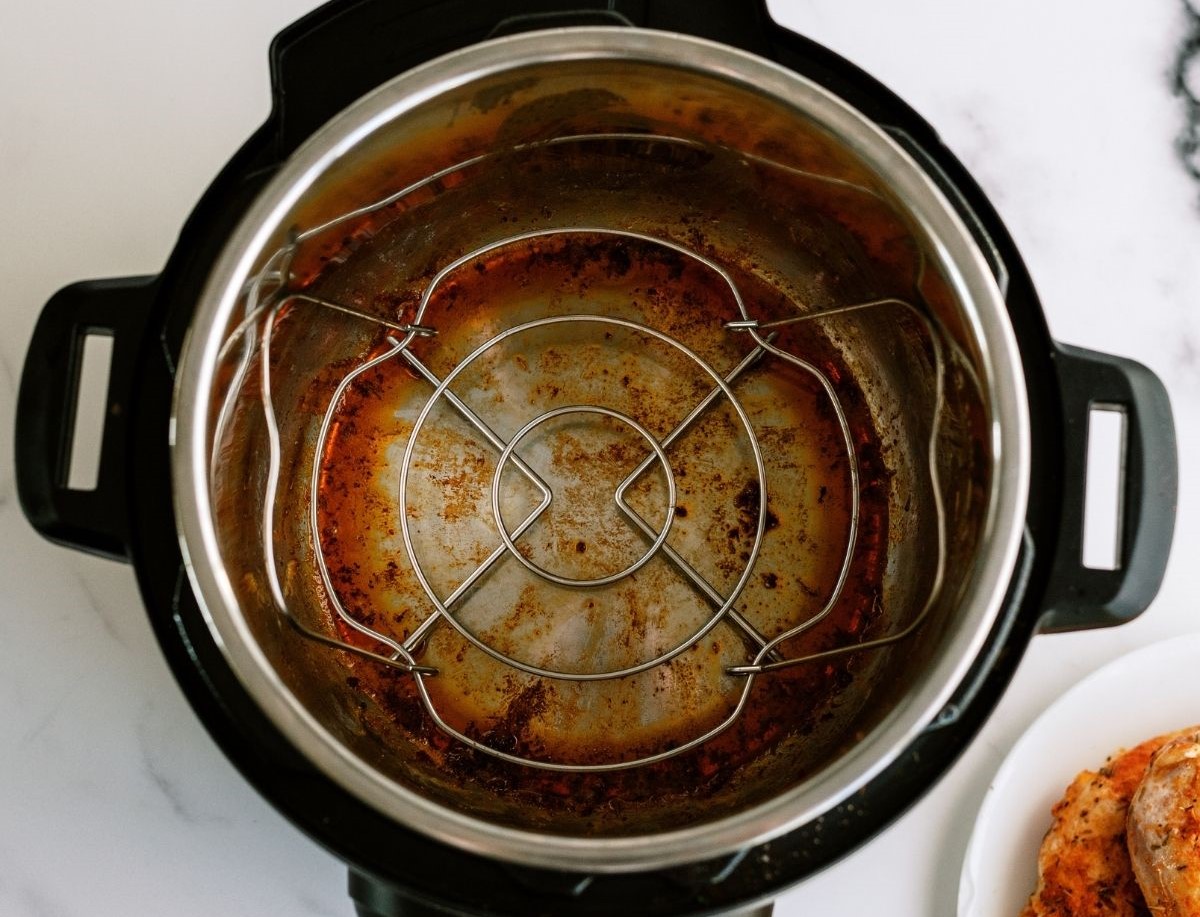
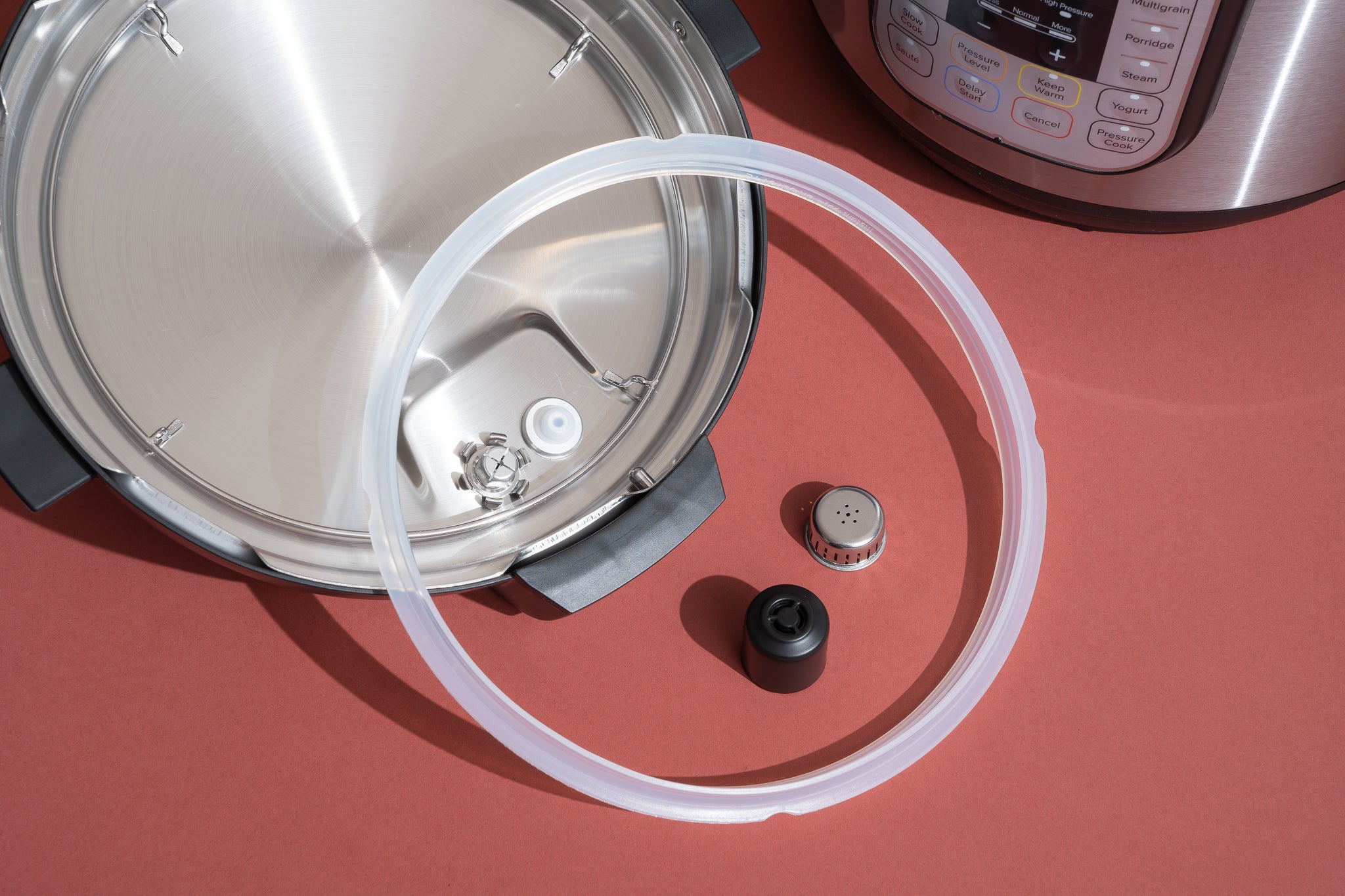
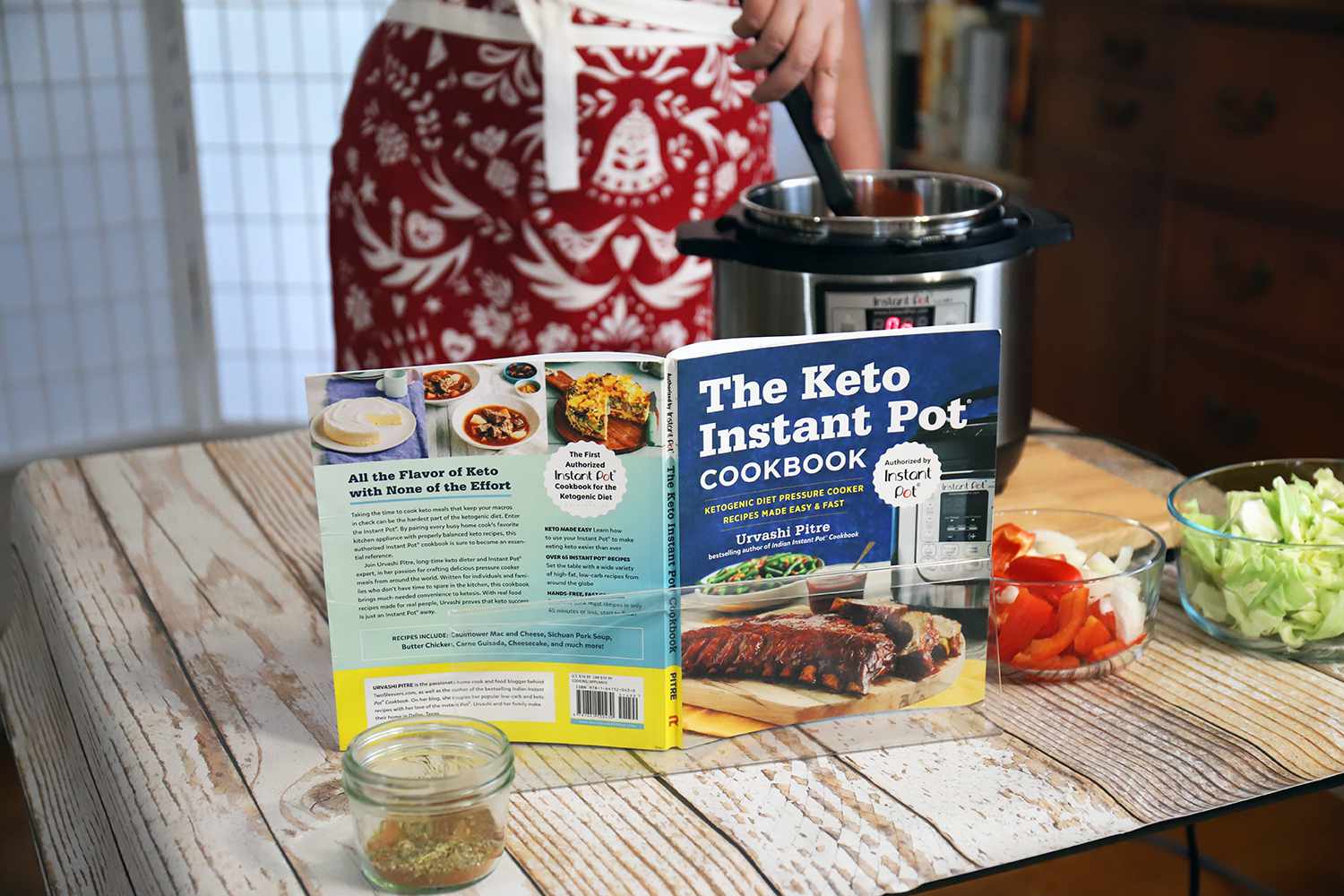


0 thoughts on “How To Naturally Release Pressure From Electric Pressure Cooker”